Register your service
Blog
Contact us
About us


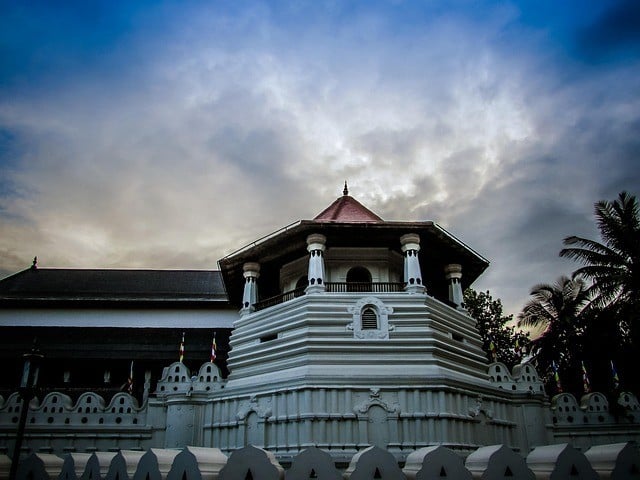
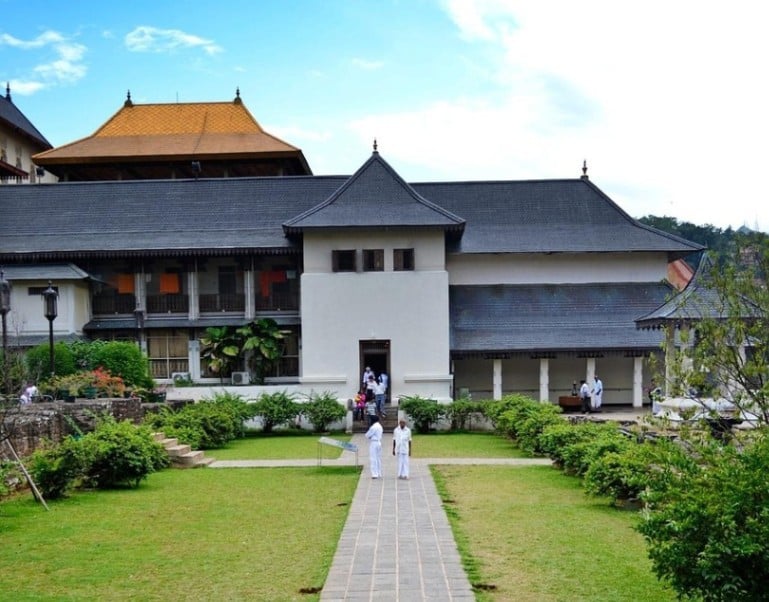
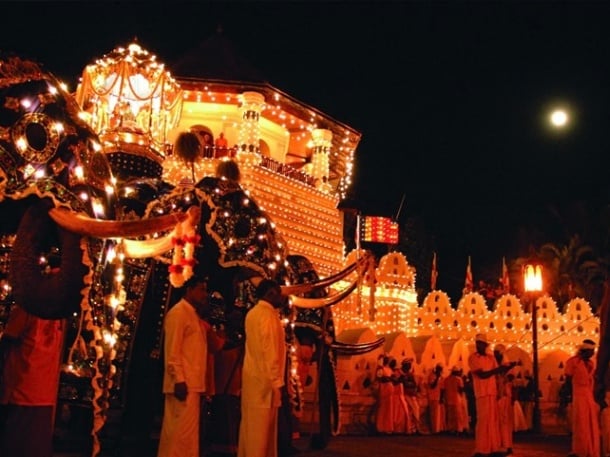
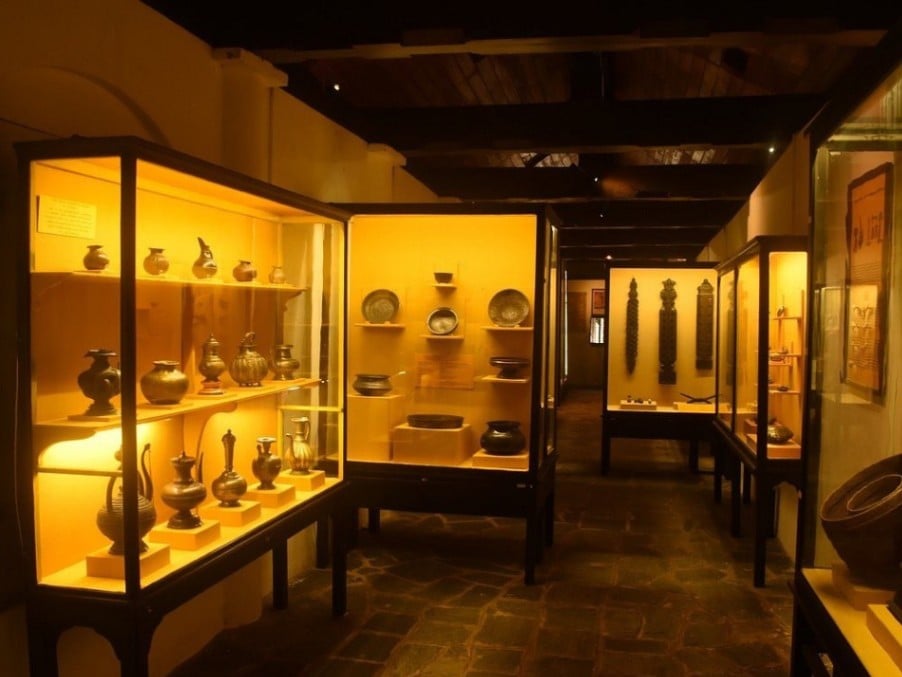
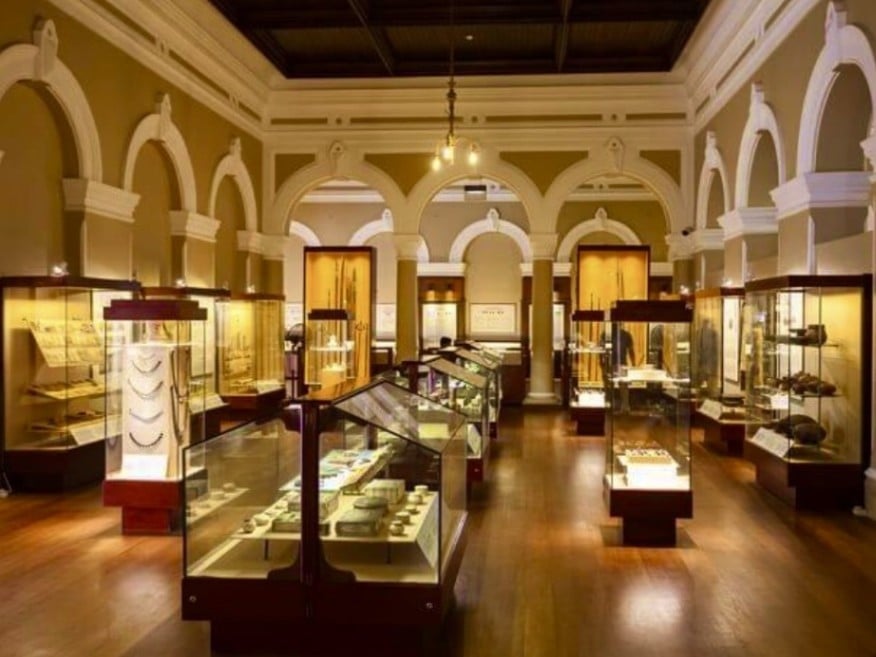



Before you begin your memorable journey to Sri Lanka’s cultural capital, here are some practical details to help you make the most of your visit:
Kandy is located in Sri Lanka’s Central Highlands and is accessible by car, bus, or scenic train ride from Colombo or other major cities. Use this [Google Maps link] for directions.

Download the Travelyonka app or visit our website to uncover hidden gems, secret viewpoints, and audio guides that narrate the royal tales of Kandy’s glorious past.
Let Kandy enchant you one shrine, one stroll, and one story at a time.
Developed by
